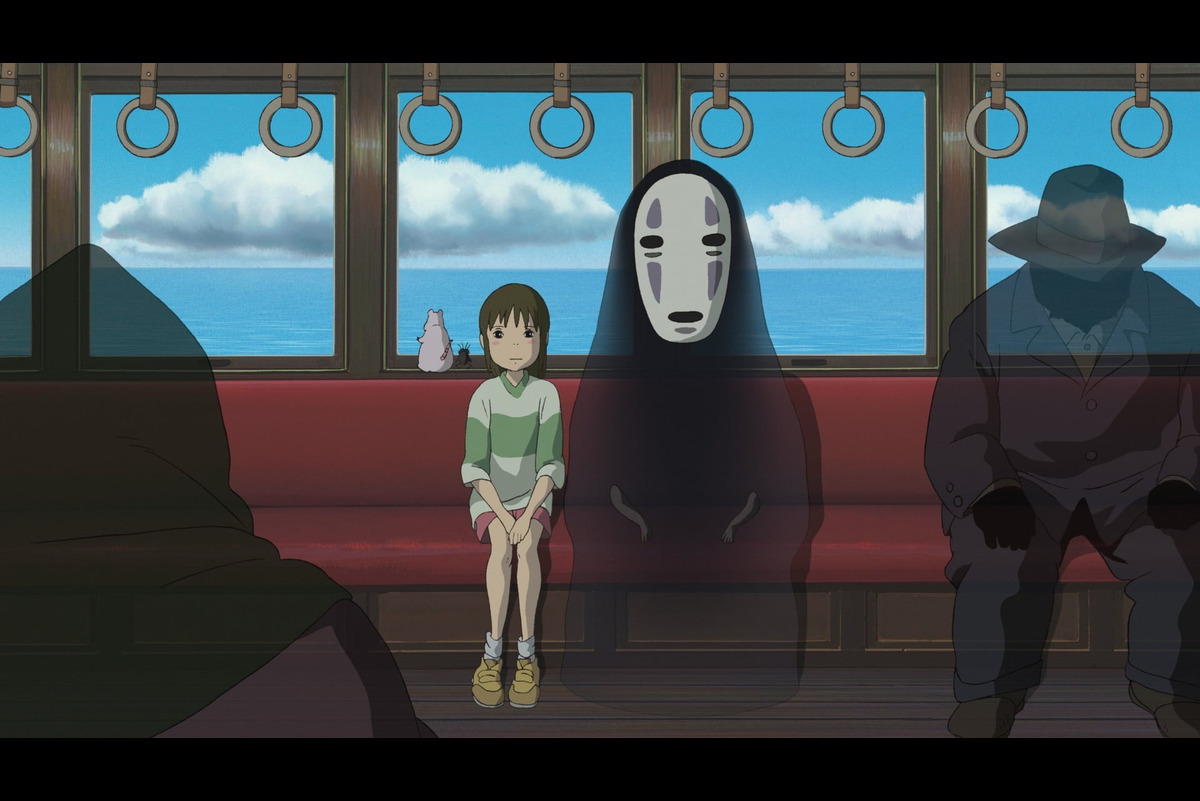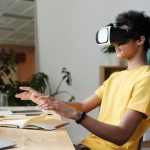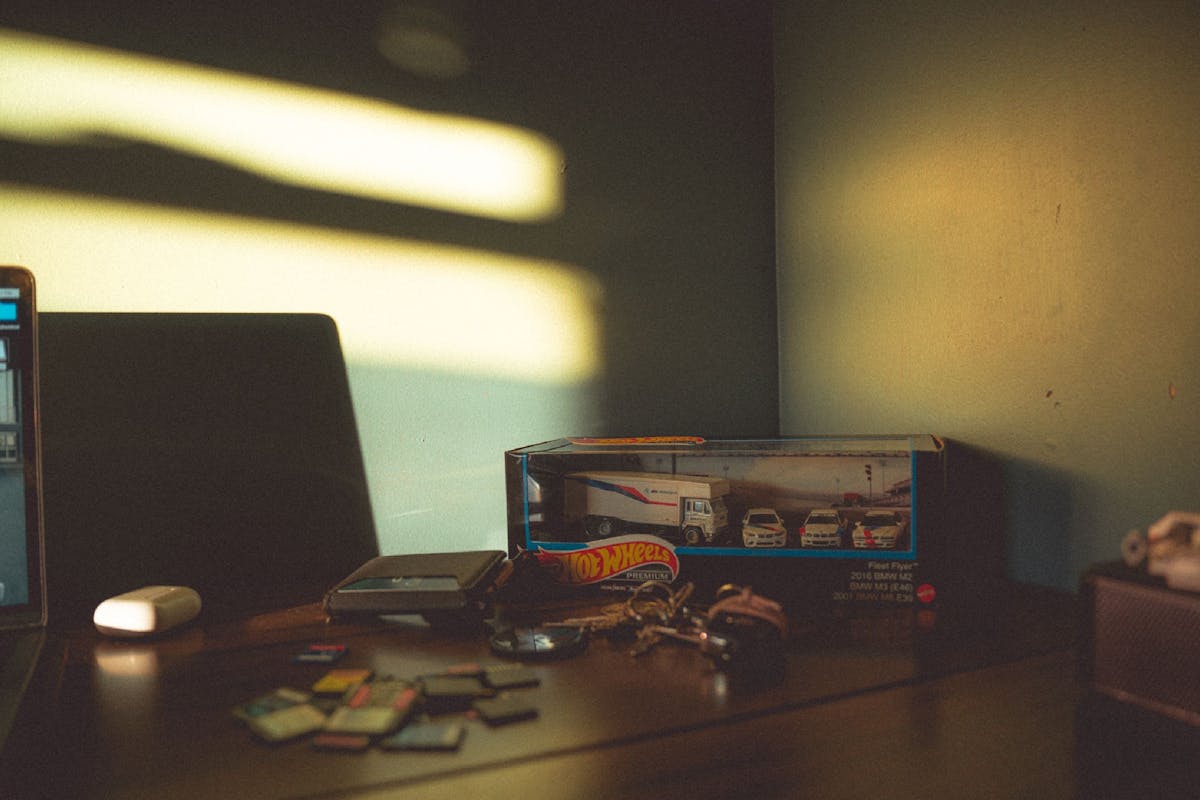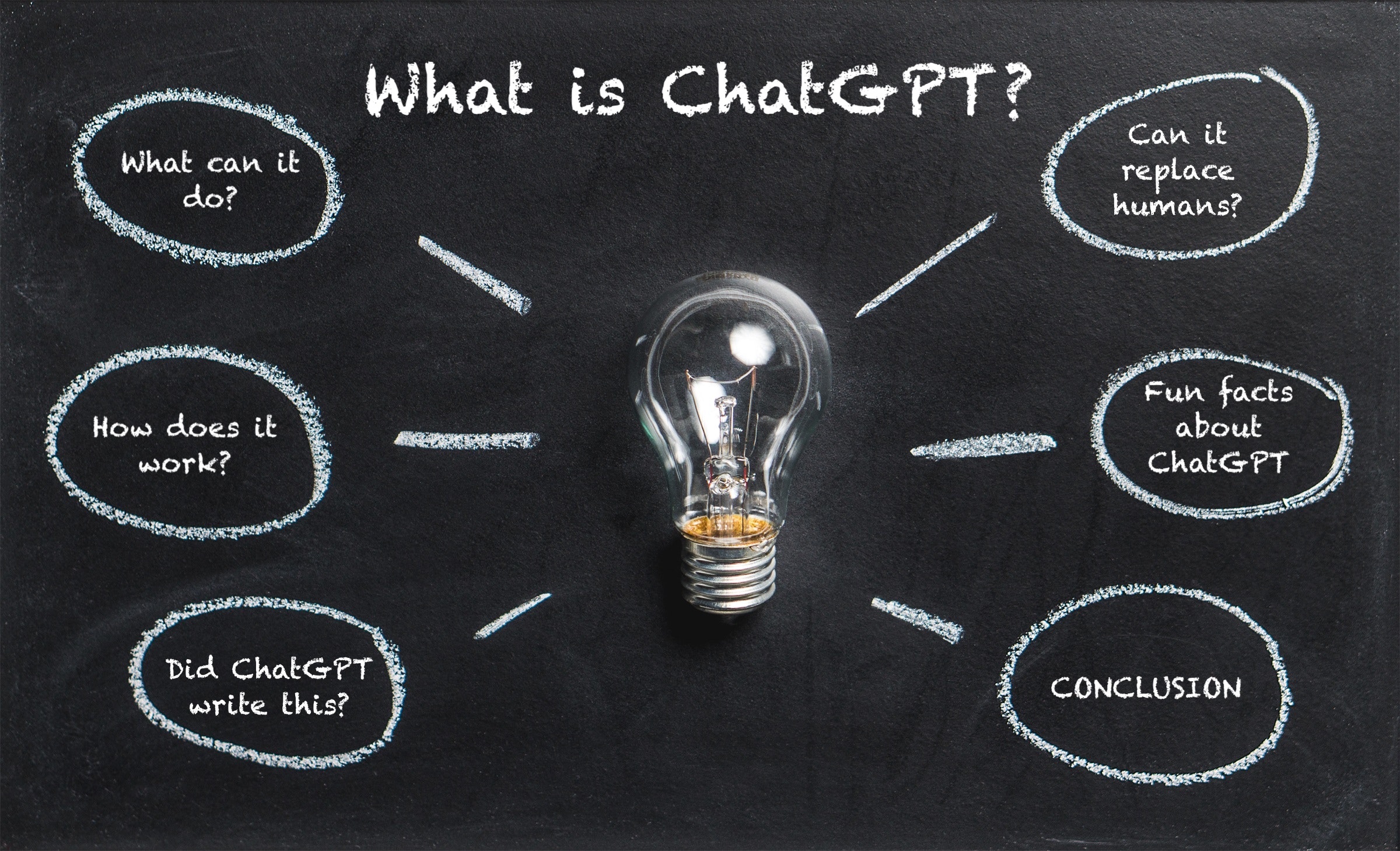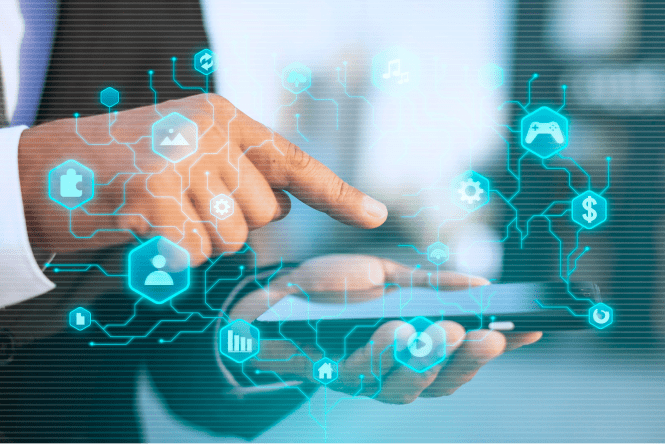Why Is the Ghibli AI Trend So Popular? The Truth You Must Know
The rise of artificial intelligence (AI) in creative fields has sparked numerous debates, and the latest social media sensation, the “Ghibli Trend,” is no exception. This trend involves transforming personal photos and various images into the distinct art style of Studio Ghibli, the legendary Japanese animation studio. While this trend has gained widespread attention, it also raises significant ethical, technical, and ideological concerns. In this blog, we will explore the impact of Studio Ghibli on modern art, the ideological clash with Hayao Miyazaki’s vision, the strain on OpenAI’s servers, and the ethical debates surrounding AI-generated art.
The Impact of Studio Ghibli on Modern Art
Studio Ghibli, co-founded by Hayao Miyazaki, has played a crucial role in shaping modern animation. Known for its breathtaking hand-drawn visuals, deeply emotional storytelling, and unique aesthetic, the studio has inspired countless artists and filmmakers. The Ghibli style is often associated with warm color palettes, whimsical worlds, and intricate details that bring characters and environments to life. Its influence extends beyond animation, impacting fashion, interior design, and even video game art. The recent AI-powered “Ghiblification” trend showcases the public’s admiration for this iconic style, but it also raises questions about the authenticity of AI-generated artistry.
The Ideological Clash with Hayao Miyazaki’s Vision
Hayao Miyazaki has been a vocal critic of AI-generated art. He has previously described AI-driven creativity as “an insult to life itself” and has expressed deep concerns about the mechanization of artistic expression. Studio Ghibli’s works are deeply personal, reflecting the emotions and experiences of their creators. The AI-generated Ghibli-style images, while visually appealing, contradict Miyazaki’s philosophy by replacing human creativity with automated processes. This stark contrast highlights the ongoing debate between technological advancement and the preservation of traditional artistic integrity.
The Strain on OpenAI’s Servers Due to Mass Image Generation
The viral nature of the Ghibli trend has led to an exponential increase in image generation requests. OpenAI’s servers have faced unprecedented loads as millions of users attempt to create AI-generated Ghibli-style art. This surge in demand has led to slowdowns, increased server costs, and concerns over the sustainability of such large-scale image generation. As AI-generated art becomes more mainstream, tech companies must find ways to balance innovation with infrastructure limitations.
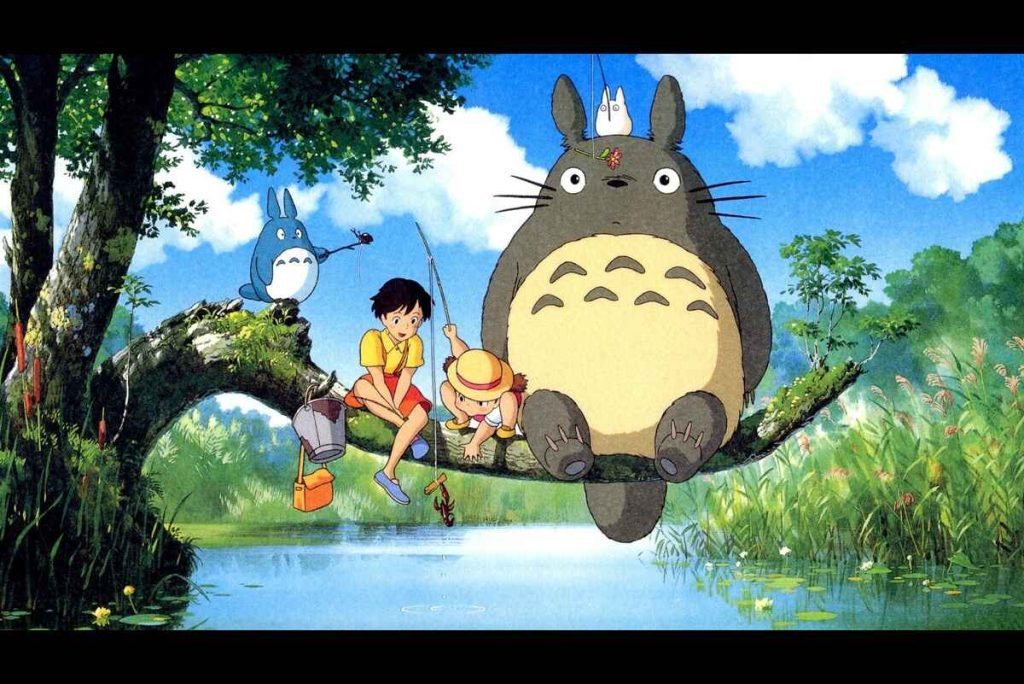
The Ethical Debate: AI-Generated Art vs. Human Creativity
The rapid adoption of AI-generated art has sparked an ethical debate regarding originality, intellectual property, and artistic value. Critics argue that AI models trained on existing artworks risk infringing on intellectual property rights. Additionally, AI-driven artistry raises concerns about the devaluation of human artists and illustrators. If AI can replicate an established art style, does it diminish the effort and skill required to create such works manually? Supporters of AI art argue that it democratizes creativity, allowing individuals without artistic training to explore new forms of expression. This debate remains unresolved, with strong arguments on both sides.
The Technical Aspects: How AI Converts Images into Ghibli Art
The process of AI-generated Ghibli-style images relies on advanced deep-learning techniques. Models such as OpenAI’s DALL·E use neural networks trained on vast datasets of images to understand and replicate specific artistic styles. The AI identifies key elements of Studio Ghibli’s aesthetic, such as soft shading, intricate backgrounds, and expressive character designs. Using style transfer and generative adversarial networks (GANs), the AI applies these artistic features to user-uploaded images. While the results are impressive, they lack the human touch that makes traditional Ghibli artwork so special.
Conclusion
The Ghibli trend is a fascinating example of AI’s growing role in creative fields. While it highlights the impact of Studio Ghibli on modern art, it also directly contradicts Hayao Miyazaki’s artistic philosophy. The overwhelming demand for AI-generated images has tested OpenAI’s server capacity, prompting discussions on infrastructure challenges. Meanwhile, the ethical debate surrounding AI-generated art continues, with concerns over originality and artistic integrity. From a technical standpoint, AI-generated Ghibli art showcases the capabilities of deep learning and style transfer but raises questions about the role of human creativity in an increasingly automated world. As AI continues to evolve, society must navigate the fine line between innovation and artistic authenticity.


